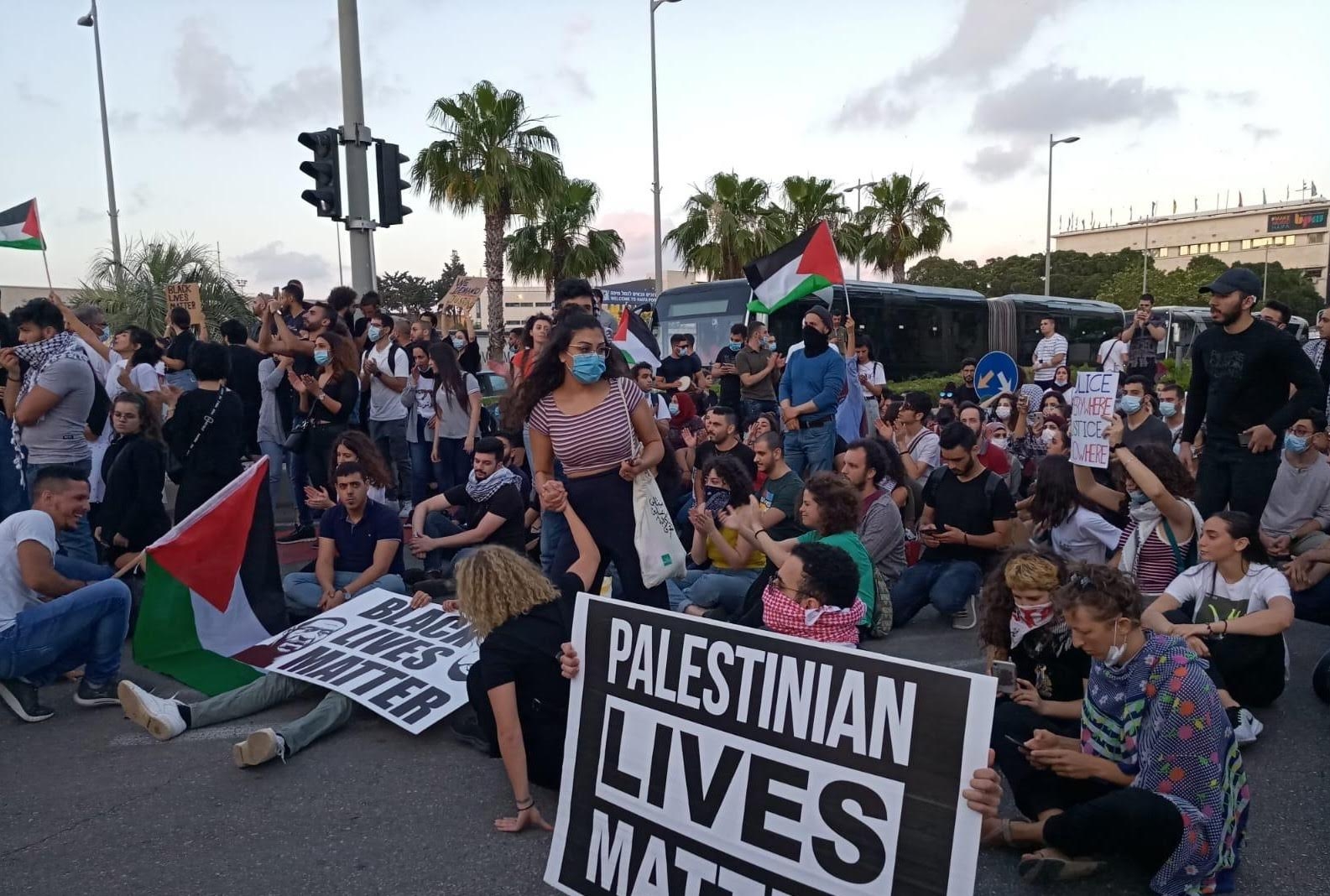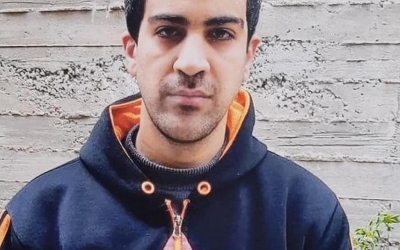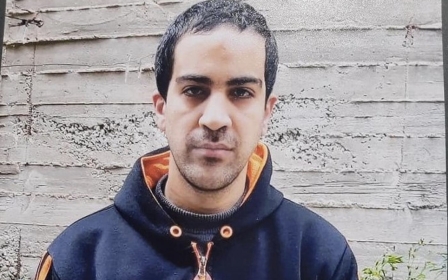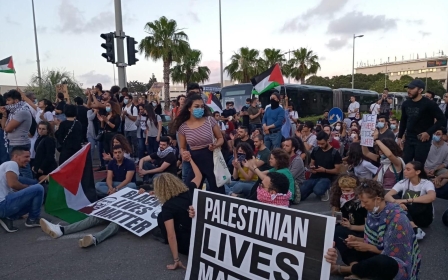Netanyahu offers condolences over slain autistic Palestinian, one week after killing

More than a week after Israeli police shot dead an unarmed and autistic Palestinian in Jerusalem, Prime Minister Benjamin Netanyahu on Sunday called the killing a tragedy and offered his condolences to the family.
Eyad al-Halak, 32, was killed during a police chase in Jerusalem's Old City on 30 May.
A police spokesman said at the time officers suspected he was carrying a weapon. The police internal affairs division is investigating the shooting.
"What happened to Eyad al-Halak is a tragedy. This was a man with disabilities, autism, who was suspected - and we [now] know wrongly - of being a terrorist in a very sensitive venue," Netanyahu said in comments that stopped short of an apology.
Halak was on his way to the care facility where he had been going every morning for the last six years on the day he was killed.
He entered the Old City of Jerusalem through the Lion’s Gate and proceeded along King Faisal Road, the start of the Via Dolorosa.
He was headed for the Elwyn El-Quds centre for people with special needs, a few hundred yards from the Lion’s Gate, near the entrance to the Al-Aqsa plaza.
Israeli border police began chasing him, shouting: “Terrorist! terrorist!” They fired on him, hitting him in the leg.
Apparently panicked, he ran into a garbage room alongside the road in an attempt to hide.
His counsellor from the Elwyn center, Warda Abu Hadid, likewise on her way to the centre, also tried to hide in the garbage room from the police and their gunfire.
Three border police officers quickly arrived at the doorway to the garbage room. Halak was lying on his back on the filthy floor. His counsellor saw that his leg was bleeding. The three policemen stood there, guns drawn, and screamed at Halak: “Where’s the rifle? Where’s the rifle?”
Abu Hadid, his counsellor, was yelling back at them, in both Arabic and Hebrew: “He is disabled! He is disabled!”
Halak was yelling: “I am with her! I am with her!” This went on for about five minutes, until one of the police officers fired his M-16 towards Halak at close range.
A bullet hit him near the waist and struck his spine, damaging various internal organs on the way - killing him on the spot.
George Floyd comparison
Palestinians have drawn comparisons between Halak's fatal encounter with police and the death in the United States of African-American George Floyd after a police officer in Minneapolis pressed a knee into his neck for several minutes while detaining him.
Hundreds of people attended Halak's funeral a week ago.
Palestinian officials and Halak's family said he suffered from severe autism and panicked and ran after the officers confronted him.
"I know that [the police] are conducting examinations. We all share in the grief of the family," Netanyahu said in public remarks to his cabinet.
Addressing Internal Security Minister Amir Ohana, who is responsible for the police, Netanyahu said: "I expect your full investigation into this matter."
A police spokesman could not immediately be reached on Sunday to provide information on whether any action had been taken so far against the officers, Reuters reported.
At last week's cabinet session, Defence Minister Benny Gantz, Netanyahu's partner in Israel's new unity government, publicly apologised for Halak's death.
Netanyahu, sitting next to him, kept silent at the time.
Middle East Eye delivers independent and unrivalled coverage and analysis of the Middle East, North Africa and beyond. To learn more about republishing this content and the associated fees, please fill out this form. More about MEE can be found here.





